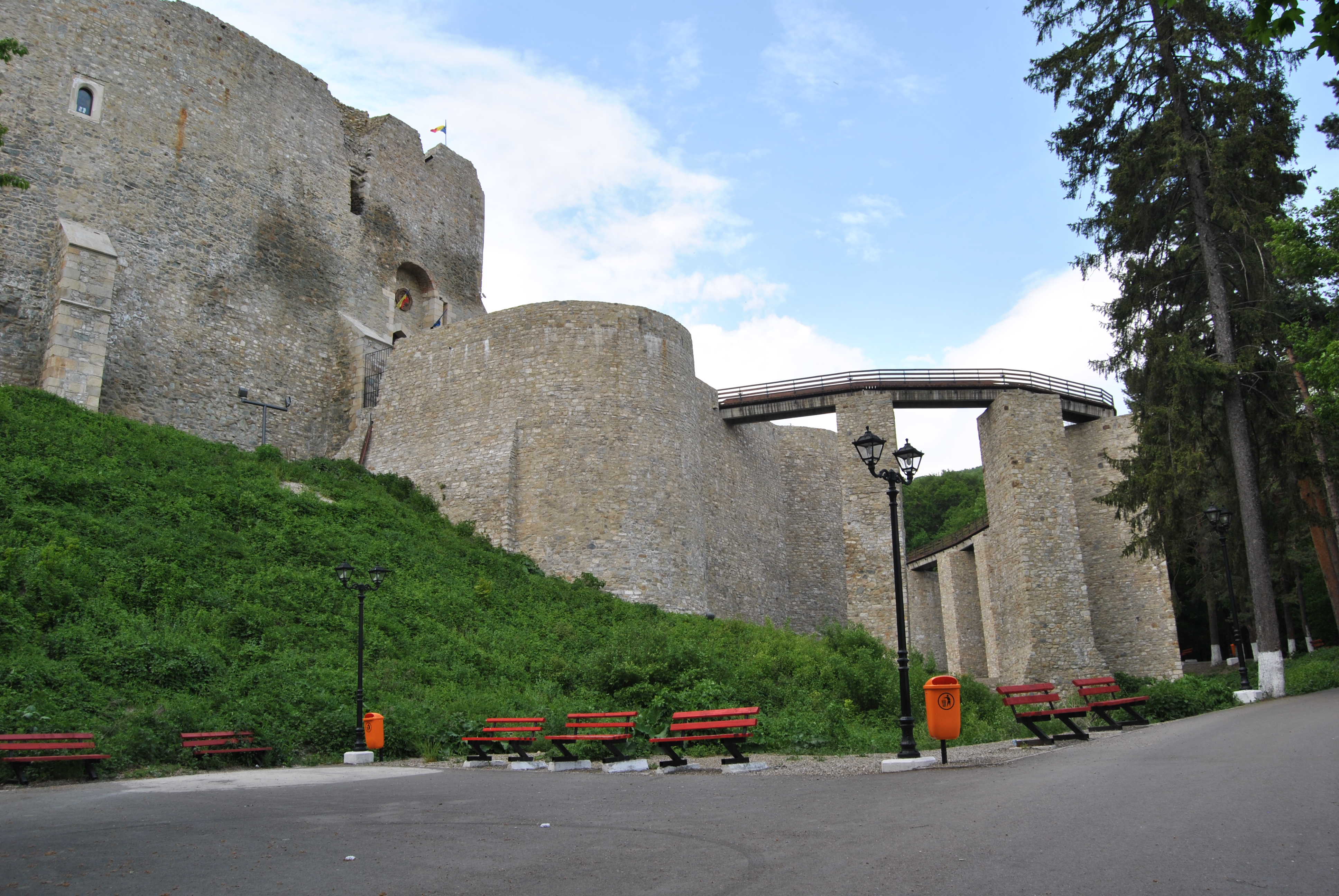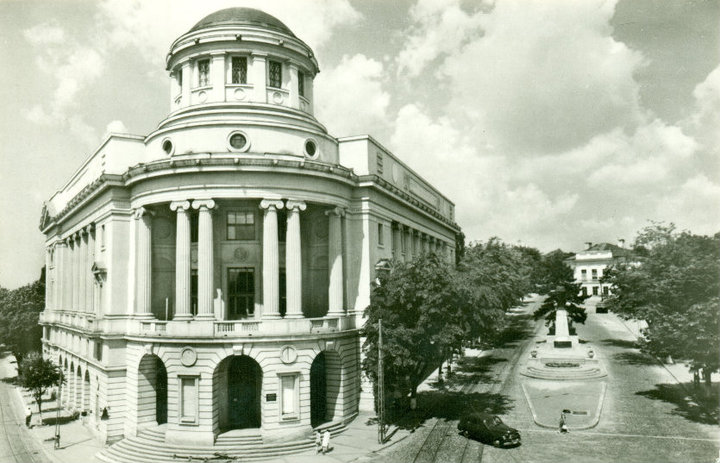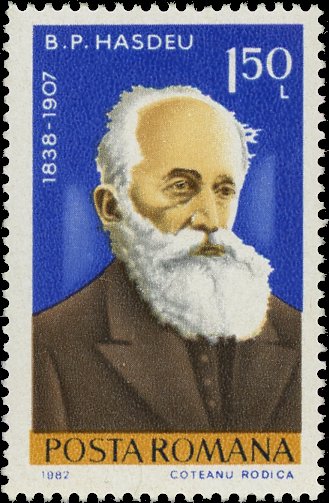|
Luca Arbore
Luca Arbore or Arbure (Old Cyrillic: ; Renaissance Latin: ''Herborus''Nicolae Iorga, "Cronică", in ''Revista Istorică'', Issues 7–9/1934, p. 291 or ''Copacius''; died April 1523) was a Moldavian boyar, diplomat, and statesman, several times commander of the country's military. He first rose to prominence in 1486, during the rule of Stephen III, Prince of Moldavia, to whom he was possibly related. He became the long-serving gatekeeper (or castellan) of Suceava, bridging military defense and administrative functions with a diplomatic career. Arbore therefore organized the defense of Suceava during the Polish invasion of 1497, after which he was confirmed as one of Moldavia's leading courtiers. As a military commander, Arbore participated in Moldavian's occupation of Pokuttya in 1502. He is tentatively identified as "Luca the Vlach", who served Stephen on crucial diplomatic missions to Poland and the Grand Duchy of Moscow. Also a great landowner and patron of the arts, Arbo ... [...More Info...] [...Related Items...] OR: [Wikipedia] [Google] [Baidu] |
Arbore Church
The Arbore Church ( ro, Biserica Arbore) is a Romanian Orthodox monastery church in Arbore Commune, Suceava County, Romania. Built in 1502 by Luca Arbore, and dedicated to the Beheading of St. John the Baptist, it is one of eight buildings that make up the churches of Moldavia UNESCO World Heritage Site. It is also listed as a historic monument A monument is a type of structure that was explicitly created to commemorate a person or event, or which has become relevant to a social group as a part of their remembrance of historic times or cultural heritage, due to its artistic, hist ... by the country's Ministry of Culture and Religious Affairs. p.2162 References {{DEFAULTSORT:Arbore Church[...More Info...] [...Related Items...] OR: [Wikipedia] [Google] [Baidu] |
Grand Duchy Of Moscow
The Grand Duchy of Moscow, Muscovite Russia, Muscovite Rus' or Grand Principality of Moscow (russian: Великое княжество Московское, Velikoye knyazhestvo Moskovskoye; also known in English simply as Muscovy from the Latin ) was a Rus' principality of the Late Middle Ages centered on Moscow, and the predecessor state of the Tsardom of Russia in the early modern period. It was ruled by the Rurik dynasty, who had ruled Rus' since the foundation of Novgorod in 862. Ivan III the Great titled himself as Sovereign and Grand Duke of All Rus' (russian: государь и великий князь всея Руси, gosudar' i velikiy knyaz' vseya Rusi). The state originated with the rule of Alexander Nevsky of the Rurik dynasty, when in 1263, his son, Daniel I, was appointed to rule the newly created Grand Principality of Moscow, which was a vassal state to the Mongol Empire (under the "Tatar Yoke"), and which eclipsed and eventually absorbed its parent duchy ... [...More Info...] [...Related Items...] OR: [Wikipedia] [Google] [Baidu] |
Neamț Citadel
Neamț Citadel ( ro, Cetatea Neamț or Cetatea Neamțului, ) is a medieval fortress located in north-eastern part of Romania, near Târgu Neamț, Neamț County. It was built in 14th century Moldavia during Petru I of Moldavia's reign and expanded in the 15th century. The citadel played a key role in Stephen III of Moldavia's defense system, along with Suceava, Hotin, Soroca, Orhei, Tighina, Chilia and Cetatea Albă. History Lack of reliable information on the origins of Neamț Fortress had resulted in several hypotheses whose reliability was often questioned. A number of historians and philologists, as A.D. Xenopol, B.P. Hasdeu, D. Onciul consider that - according to the papal bull of 1232 - the Teutonic Knights of Bârsa had built between 1211–1225 on the eastern slope of the Carpathians a ''castrum muntissimum'' which was later identified as the citadel. The Germanic (Teutonic or Saxon) hypothesis was acquired by many of Romanian historians and sustained by both: -the sit ... [...More Info...] [...Related Items...] OR: [Wikipedia] [Google] [Baidu] |
Burgrave
Burgrave, also rendered as burggrave (from german: Burggraf, la, burgravius, burggravius, burcgravius, burgicomes, also praefectus), was since the medieval period in Europe (mainly Germany) the official title for the ruler of a castle, especially a royal or episcopal castle, and its territory called a ''Burgraviate'' or ''Burgravate'' (German ''Burggrafschaft'' also ''Burggrafthum'', Latin ''praefectura'').Encyclopædia Britannica; Definition of ''burgrave (title)''/ref>Duden; Definition of ''Burggraf'' (in German)/ref> The burgrave was a "count" in rank (German ''Graf'', Latin ''comes'') equipped with judicial powers, under the direct authority of the emperor or king, or of a territorial imperial state—a prince-bishop or territorial lord. The responsibilities were administrative, military and jurisdictional. A burgrave, who ruled over a substantially large territory, might also have possessed the regality of coinage, and could mint his own regional coins (see silver brac ... [...More Info...] [...Related Items...] OR: [Wikipedia] [Google] [Baidu] |
Barbu Ștefănescu Delavrancea
Barbu Ștefănescu Delavrancea ; pen name of Barbu Ștefan; April 11, 1858 in Bucharest – April 29, 1918 in Iași) was a Romanian writer and poet, considered one of the greatest figures in the National awakening of Romania. Early life and studies Barbu Ștefănescu Delavrancea was born on April 11, 1858 in the village of Delea Nouă, now a suburb of Bucharest. He was the ninth child of Ștefan Tudorică Albu and Iana (Ioana). His father originates in Vrancea. Assigned to Sohatu, Ilfov, he leaves Vrancea for Bucharest and becomes guildmaster of carters transporting grain from the scaffolds of Giurgiu and Oltenița. Barbu's mother was the daughter of widow Stana from Postovari, on the Filipescu estate. He spent the first years of life with his father, then learned to read and write with deacon Ion Pestreanu from St. George the New Church. In 1866, Barbu is enrolled in the School of boys no. 4 directly in the second grade. Educator Spirache Dănilescu add the father's surna ... [...More Info...] [...Related Items...] OR: [Wikipedia] [Google] [Baidu] |
Mihai Eminescu
Mihai Eminescu (; born Mihail Eminovici; 15 January 1850 – 15 June 1889) was a Romanian Romantic poet from Moldavia, novelist, and journalist, generally regarded as the most famous and influential Romanian poet. Eminescu was an active member of the Junimea literary society and worked as an editor for the newspaper ''Timpul'' ("The Time"), the official newspaper of the Conservative Party (1880–1918). His poetry was first published when he was 16 and he went to Vienna, Austria to study when he was 19. The poet's manuscripts, containing 46 volumes and approximately 14,000 pages, were offered by Titu Maiorescu as a gift to the Romanian Academy during the meeting that was held on 25 January 1902. Notable works include '' Luceafărul'' (''The Vesper/The Evening Star/The Lucifer/The Daystar''), ''Odă în metru antic'' (''Ode in Ancient Meter''), and the five ''Letters'' (''Epistles/Satires''). In his poems, he frequently used metaphysical, mythological and historical subjects. H ... [...More Info...] [...Related Items...] OR: [Wikipedia] [Google] [Baidu] |
Bogdan Petriceicu Hasdeu
Bogdan Petriceicu Hasdeu ( 26 February 1838 – ) was a Romanian writer and philologist, who pioneered many branches of Romanian philology and history. Life He was born Tadeu Hâjdeu in Cristineștii Hotinului (now Kerstentsi in Chernivtsi Oblast, Ukraine), northern Bessarabia, at the time part of Imperial Russia. His father was the writer Alexandru Hâjdeu, a descendant of the Hâjdău family of Moldovan boyars, with noted Polish connections. After studying law at the University of Kharkiv, he fought as a Russian hussar in the Crimean War. In 1858 he settled in Iași as a high school teacher and librarian. In 1865, Hasdeu published a monograph on Ioan Vodă the Terrible, renaming him for the first time ''cel Viteaz''—"the Brave". The portrayal of this violent, short rule as a glorious moment (and of Ioan himself as a reformer) drew criticism from the ''Junimea'' society, a conflict which was to follow Hasdeu for the rest of his life. Still, Hasdeu's version of Ioan's ... [...More Info...] [...Related Items...] OR: [Wikipedia] [Google] [Baidu] |
Zamfir Arbore
Zamfir Constantin Arbore (; born Zamfir Ralli, russian: Земфирий Константинович Арборе-Ралли, ''Zemfiriyi Konstantinovich Arborye-Ralli''; also known as Zamfir Arbure, Zamfir Rally, Zemphiri Ralli and Aivaza;Felea (1971), p.9 November 14, 1848 – April 2 or April 3, 1933) was a Bukovinian-born Romanian political activist originally active in the Russian Empire, also known for his work as an amateur historian, geographer and ethnographer. Arbore debuted in left-wing politics from early in life, gained an intimate knowledge of the Russian revolutionary milieu, and participated in both nihilist and Narodnik conspiracies. Self-exiled to Switzerland, he became a member of the International Workingmen's Association. Arbore was mostly active as an international anarchist and a disciple of Mikhail Bakunin, but eventually parted with the latter to create his independent group, the Revolutionary Community. He was subsequently close to the anarchist geo ... [...More Info...] [...Related Items...] OR: [Wikipedia] [Google] [Baidu] |
Ottoman Empire
The Ottoman Empire, * ; is an archaic version. The definite article forms and were synonymous * and el, Оθωμανική Αυτοκρατορία, Othōmanikē Avtokratoria, label=none * info page on book at Martin Luther University) // CITED: p. 36 (PDF p. 38/338) also known as the Turkish Empire, was an empire that controlled much of Southeast Europe, Western Asia, and Northern Africa between the 14th and early 20th centuries. It was founded at the end of the 13th century in northwestern Anatolia in the town of Söğüt (modern-day Bilecik Province) by the Turkoman tribal leader Osman I. After 1354, the Ottomans crossed into Europe and, with the conquest of the Balkans, the Ottoman beylik was transformed into a transcontinental empire. The Ottomans ended the Byzantine Empire with the conquest of Constantinople in 1453 by Mehmed the Conqueror. Under the reign of Suleiman the Magnificent, the Ottoman Empire marked the peak of its power and prosperity, as well a ... [...More Info...] [...Related Items...] OR: [Wikipedia] [Google] [Baidu] |
Crimean Khanate
The Crimean Khanate ( crh, , or ), officially the Great Horde and Desht-i Kipchak () and in old European historiography and geography known as Little Tartary ( la, Tartaria Minor), was a Crimean Tatars, Crimean Tatar state existing from 1441 to 1783, the longest-lived of the Turkic khanates that succeeded the empire of the Golden Horde. Established by Hacı I Giray in 1441, it was regarded as the direct heir to the Golden Horde and to Cumania, Desht-i-Kipchak. In 1783, violating the 1774 Treaty of Küçük Kaynarca (which had guaranteed non-interference of both Russia and the Ottoman Empire in the affairs of the Crimean Khanate), the Russian Empire Annexation of Crimea by the Russian Empire, annexed the khanate. Among the European powers, only France came out with an open protest against this act, due to the longstanding Franco-Ottoman alliance. Naming and geography Crimean khans, considering their state as the heir and legal successor of the Golden Horde and Desht-i Kipchak, ... [...More Info...] [...Related Items...] OR: [Wikipedia] [Google] [Baidu] |
Stephen IV Of Moldavia
Stephen IV of Moldavia ( ro, Ștefan IV), also called Ștefăniță (1506 – 14 January 1527) was Prince of Moldavia from 1517 to 1527. He succeeded to the throne as son of the previous ruler, Bogdan III cel Chior. Until 1523, he was under the regency of Luca Arbore, Gatekeeper of Suceava Suceava () is the largest urban settlement and the seat town ( ro, oraș reședință de județ) of Suceava County, situated in the historical region of Bukovina, northeastern Romania, and at the crossroads of Central and Eastern Europe. Klaus Pet .... He was the father of John III the Terrible. Rulers of Moldavia 16th-century monarchs in Europe House of Bogdan-Mușat {{Europe-royal-stub ... [...More Info...] [...Related Items...] OR: [Wikipedia] [Google] [Baidu] |
Hetman
( uk, гетьман, translit=het'man) is a political title from Central and Eastern Europe, historically assigned to military commanders. Used by the Czechs in Bohemia since the 15th century. It was the title of the second-highest military commander in the Crown of the Kingdom of Poland and the Grand Duchy of Lithuania from the 16th to 18th centuries. Throughout much of the history of Romania and the Moldavia, hetmans were the second-highest army rank. In the modern Czech Republic the title is used for regional governors. Etymology The term ''hetman'' was a Polish borrowing, probably from the German – captain or a borrowing of the comparable Turkic title ''ataman'' (literally 'father of horsemen'). Hetmans of Poland and Lithuania The Polish title ''Grand Crown Hetman'' ( pl, hetman wielki koronny) dates from 1505. The title of ''Hetman'' was given to the leader of the Polish Army. Until 1581 the hetman position existed only during specific campaigns and wars. After tha ... [...More Info...] [...Related Items...] OR: [Wikipedia] [Google] [Baidu] |






